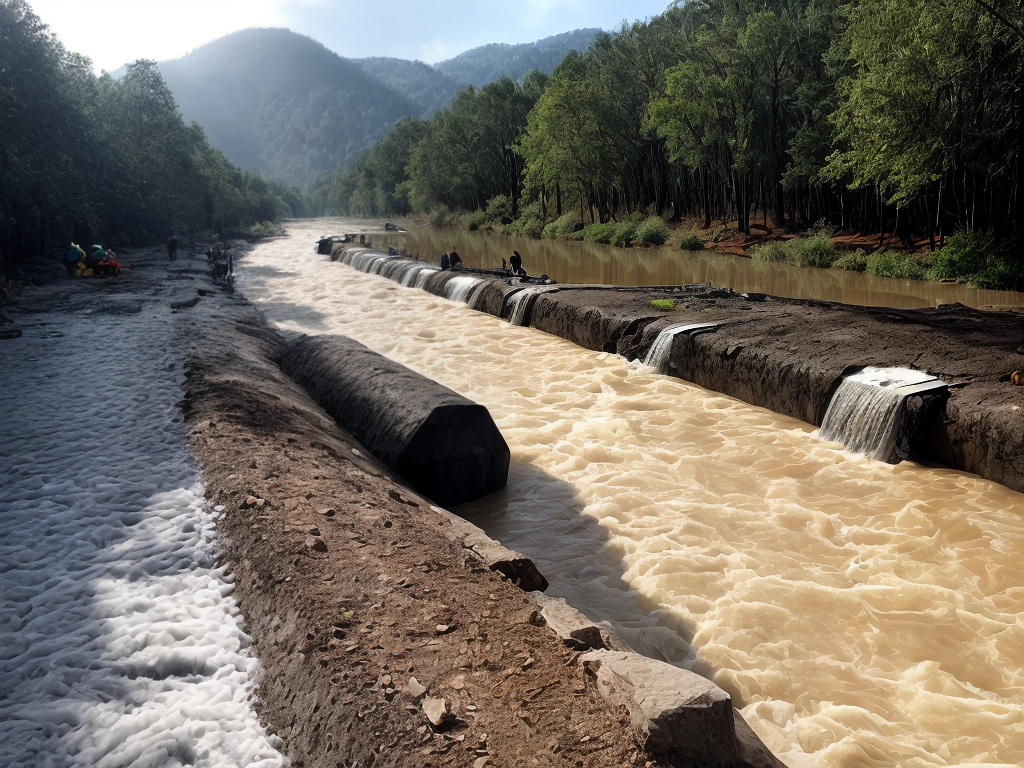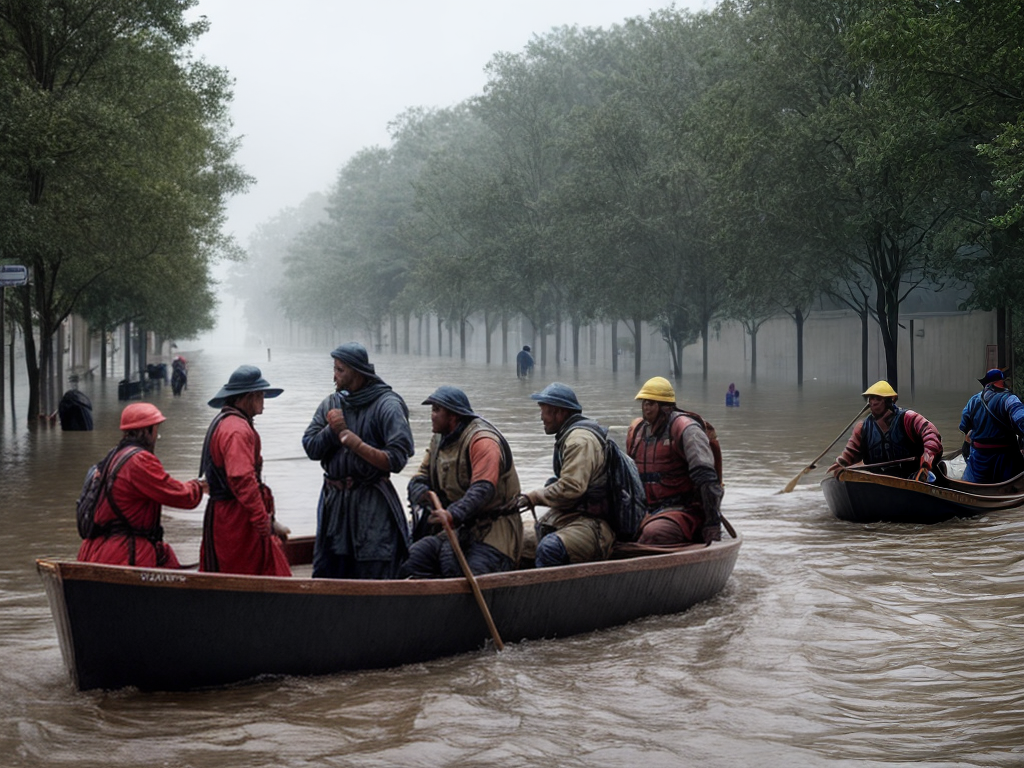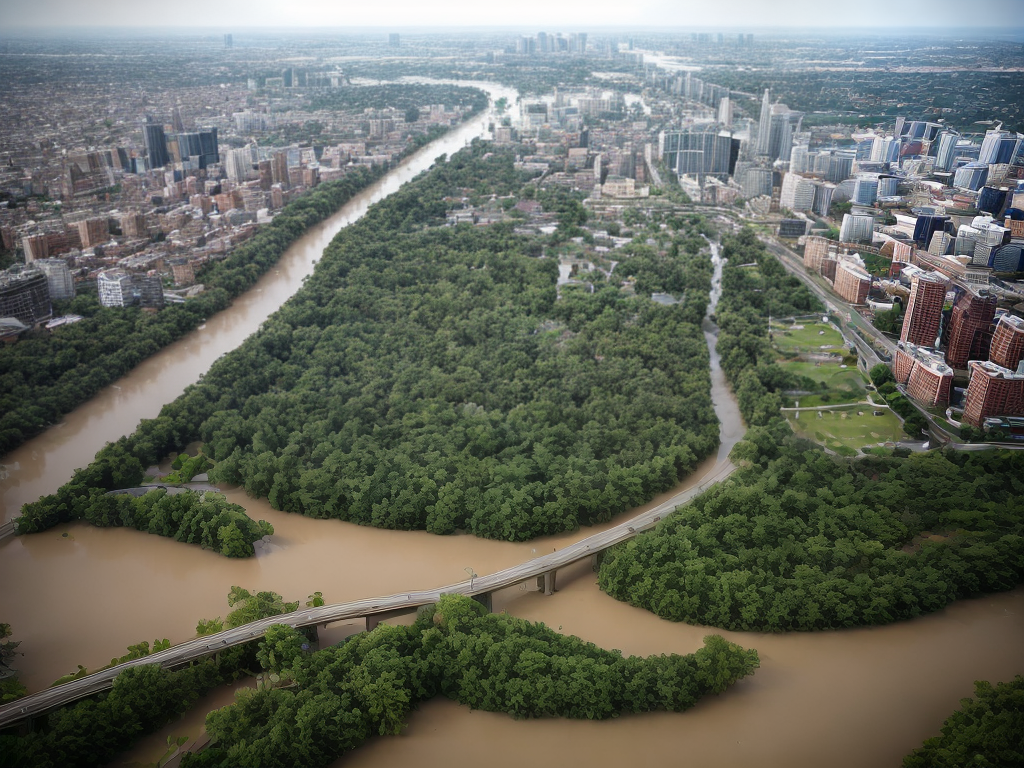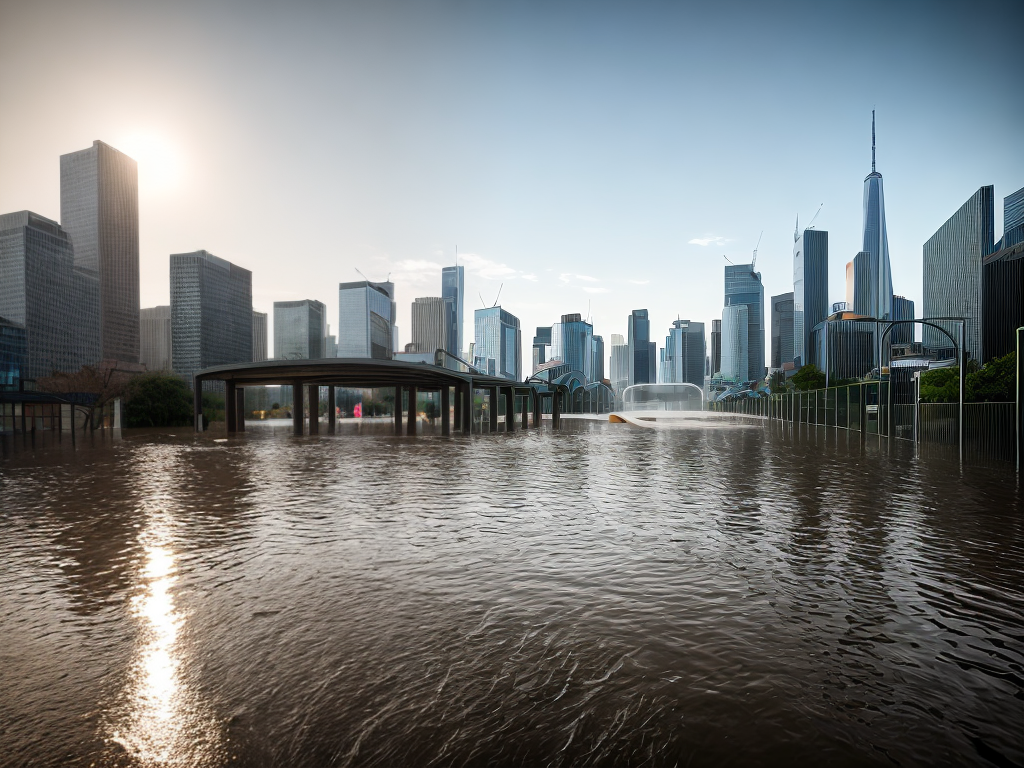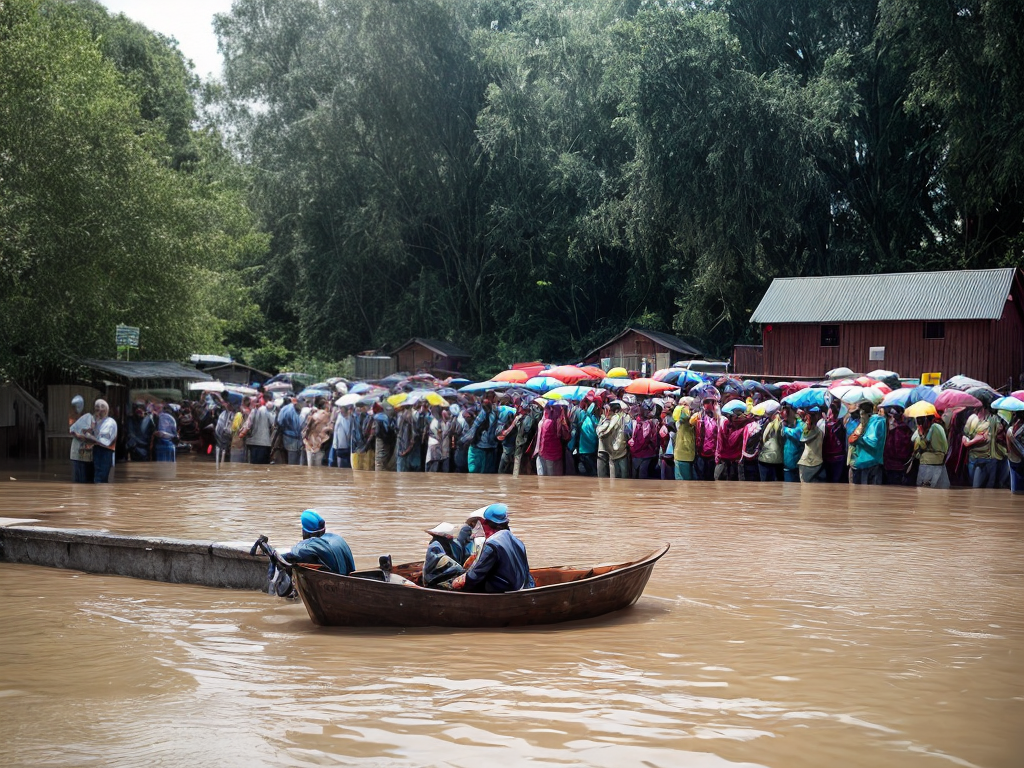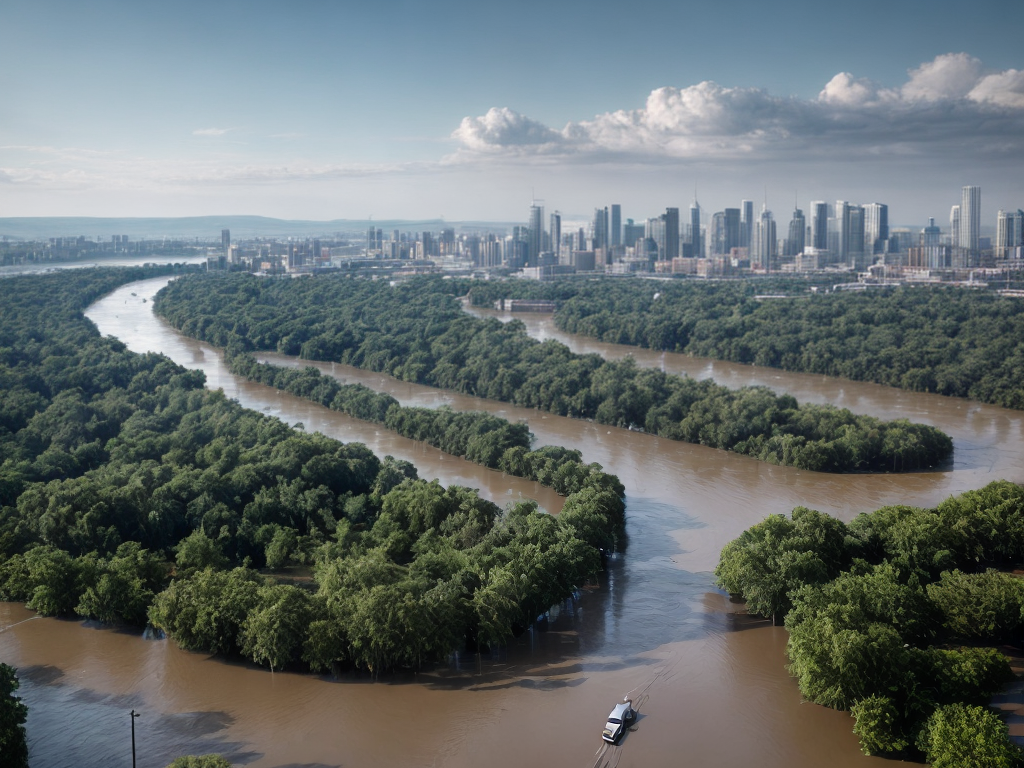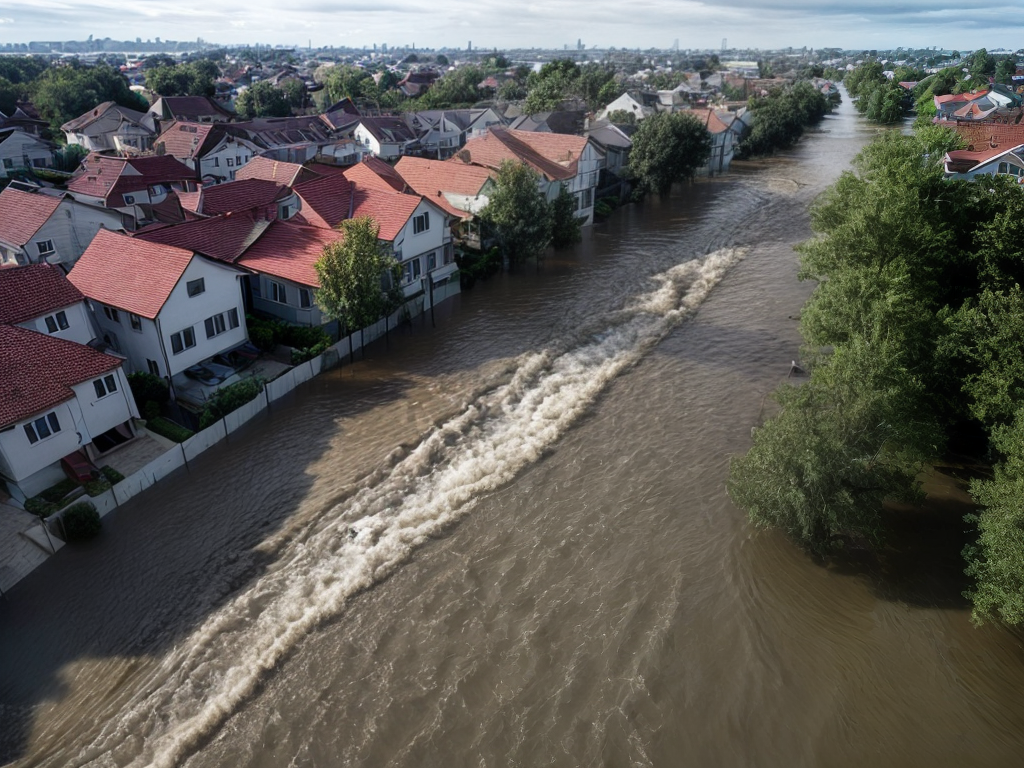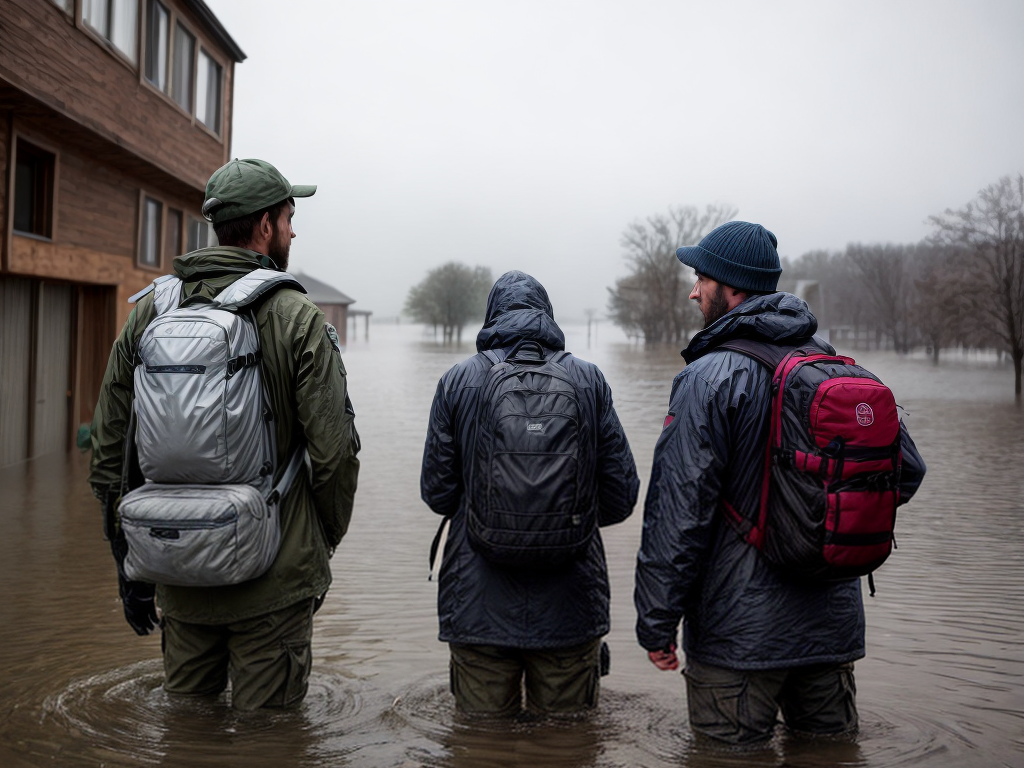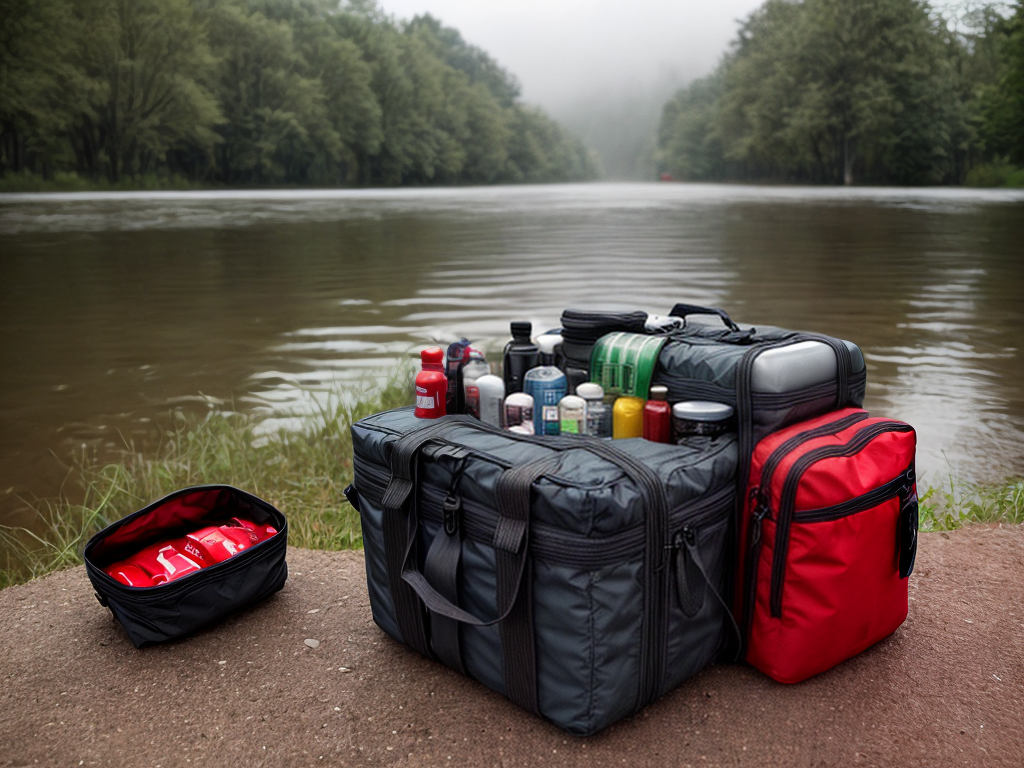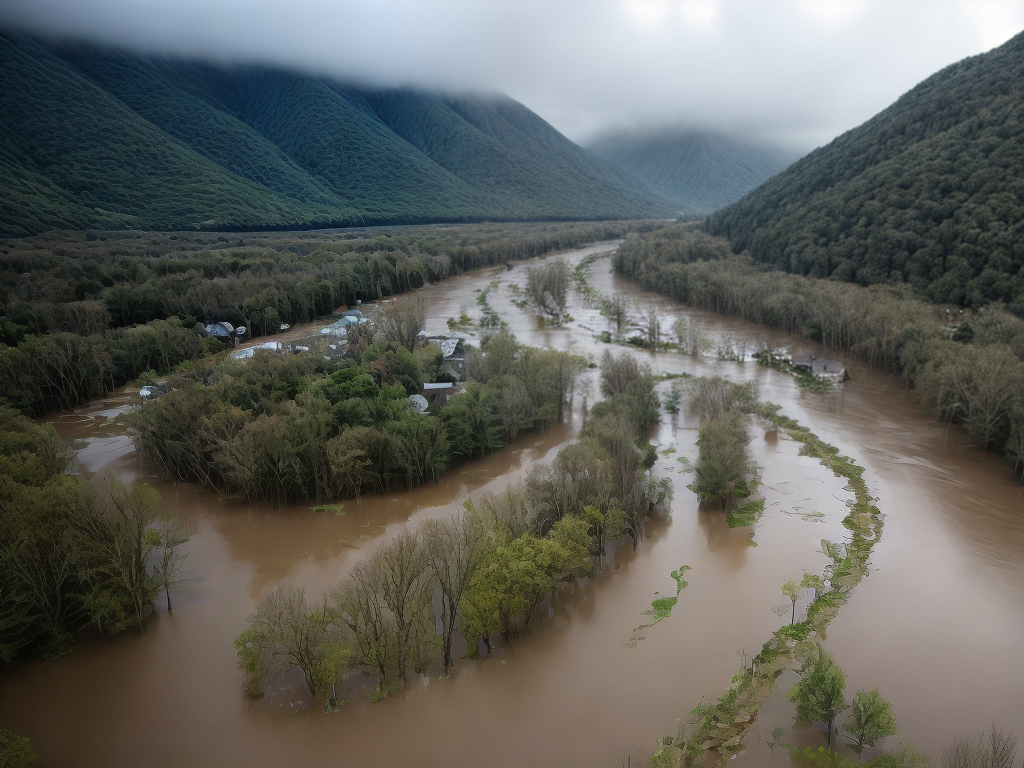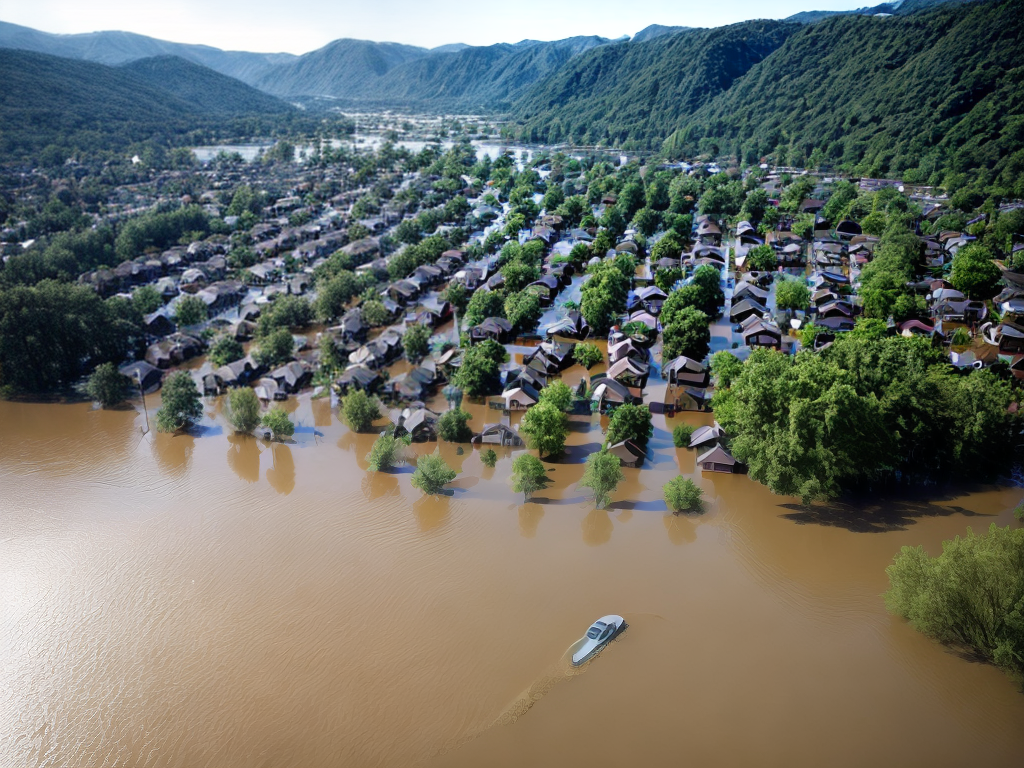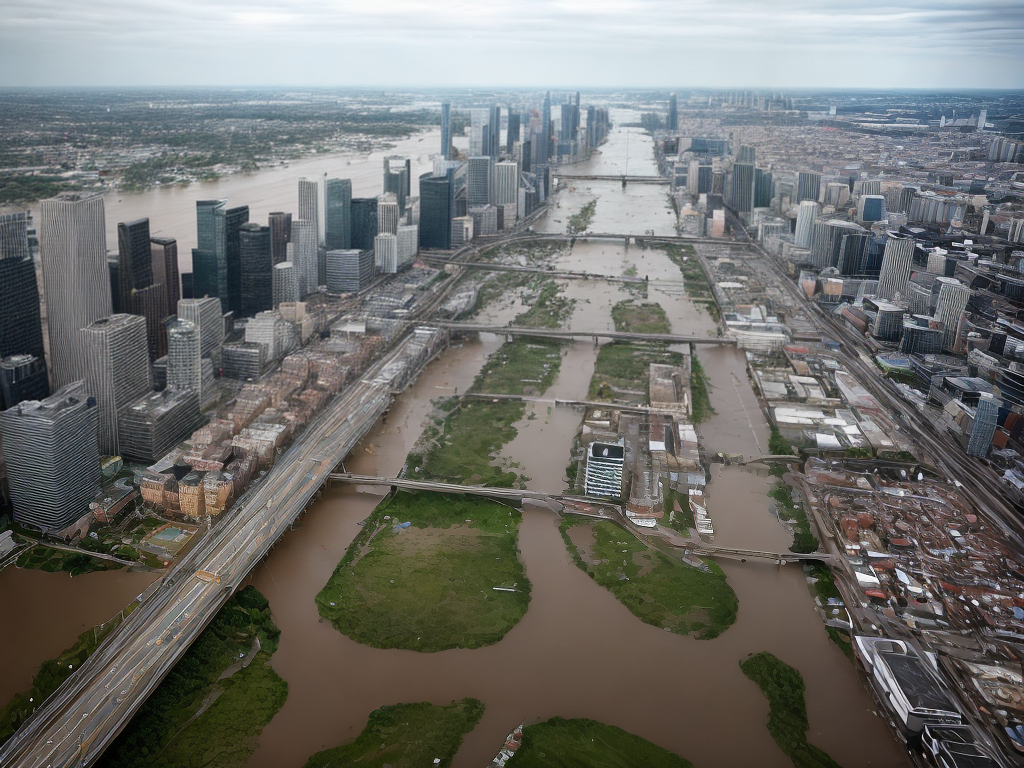When it comes to natural disasters, floods are among the most devastating and unpredictable events that can occur. They can cause extensive damage to homes, property, and even pose a threat to human lives. To ensure the safety and well-being of you and your family, it is crucial to be prepared for such emergencies. In this comprehensive guide, we will walk you through the steps of creating your very own home flood emergency kit. By following these guidelines, you will be equipped to handle any flood-related situation with confidence and resilience.
Understanding the Risks
Before diving into the specifics of building your flood emergency kit, it is essential to have a clear understanding of the risks associated with floods. Floods can occur due to heavy rainfall, melting snow, or even the failure of dams and levees. They can happen anywhere, regardless of whether you live in a high-risk flood zone or not. By understanding the potential risks, you can better assess the necessary items needed in your emergency kit.
Essential Items for Your Flood Emergency Kit
- Water – The most critical resource during a flood emergency is clean drinking water. Each person should have at least one gallon of water per day for drinking and sanitation purposes. Consider storing water in BPA-free containers that are easy to transport and have a long shelf life.
- Non-Perishable Food – Stock up on non-perishable food items that require little to no cooking. Canned goods, energy bars, and dried fruits are excellent options. Make sure to regularly check expiration dates and rotate your stock to keep it fresh.
- First Aid Kit – A fully stocked first aid kit is essential during any emergency situation. Include items such as band-aids, gauze, antiseptic wipes, pain relievers, and any necessary prescription medications. Familiarize yourself with the contents of the kit and their usage.
- Flashlights and Batteries – Power outages are common during floods, so having a reliable source of light is crucial. Invest in high-quality flashlights and a sufficient supply of batteries. Consider using LED flashlights as they are energy-efficient and have a longer battery life.
- Emergency Radio – Stay informed about the latest updates and warnings by having a battery-powered or hand-crank emergency radio. This will allow you to receive important information even when other communication channels are disrupted.
- Personal Hygiene Items – Pack essential personal hygiene items such as toilet paper, wet wipes, hand sanitizer, toothbrushes, and toothpaste. These items will help maintain cleanliness and prevent the spread of germs during a flood emergency.
- Extra Clothing and Blankets – In case of evacuation or prolonged power outages, it is important to have extra clothing and blankets to keep warm and dry. Choose clothing that is suitable for the current weather conditions and opt for moisture-wicking materials.
Additional Considerations
While the above items are essential for any flood emergency kit, there are a few additional considerations that can further enhance your preparedness.
Important Documents
Make copies of important documents such as identification cards, insurance policies, and medical records. Store these copies in a waterproof container along with your emergency kit. It is also a good idea to have digital copies stored securely in the cloud or on a portable hard drive.
Cash and Emergency Funds
During a flood emergency, access to ATMs and banks may be limited. It is advisable to have a small supply of cash on hand, as well as an emergency fund that can cover unexpected expenses.
Communication Plan
Develop a communication plan with your family members or loved ones in case you get separated during an emergency. Designate a meeting point and establish a method of communication that does not rely solely on cell phones, as service disruptions are common during floods.
Home Protection Measures
Consider implementing home protection measures such as sandbags, flood barriers, or elevating valuable items to higher levels. These measures can help minimize damage to your property during a flood event.
Conclusion
When it comes to flood emergencies, being well-prepared can make all the difference. By creating a comprehensive home flood emergency kit and considering additional measures, you can ensure the safety and well-being of yourself and your loved ones. Remember, floods can occur unexpectedly, so it is important to stay vigilant and maintain your emergency kit regularly. Don’t get caught unprepared – take action today and be ready for whatever nature throws your way!

